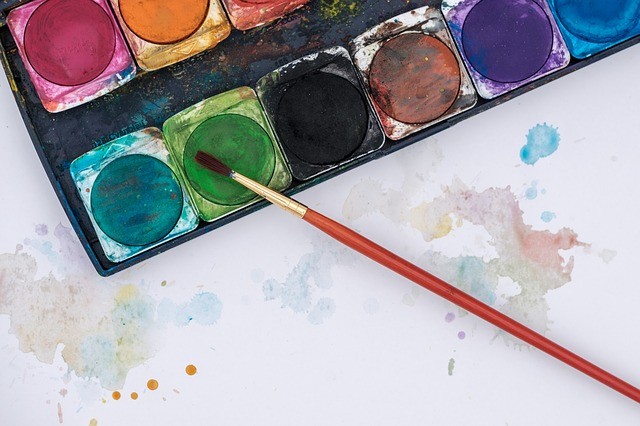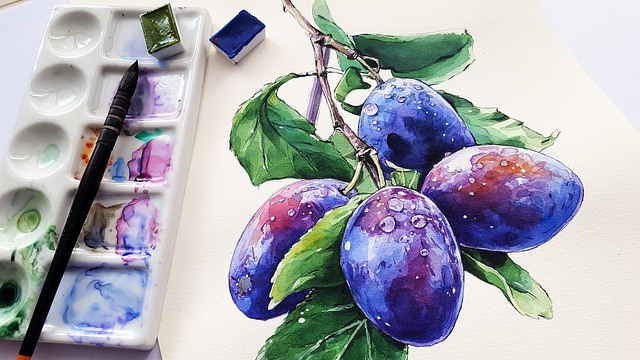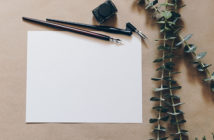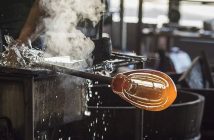Whether you’re a newcomer to painting or a seasoned artistic expert, it’s worth adding watercolor to your creative repertoire.
Watercolor painting is one of the oldest art forms in the world; as such, your work today can be a part of a grand human tradition!
If you’ve ever wanted to learn how to use watercolor to have fun and create beautiful paintings, then look no further.
Here’s everything you need to know in order to get started.
Contents
What is Watercolor Painting?
Watercolor painting is an art form which involves using a pigment ground in gum arabic. The pigment is usually transparent, though it can be rendered more opaque by mixing it with a whiting agent such as casein.
You apply this pigment to paper or to another painting surface by using water and a brush. The word “watercolor,” also spelled “watercolour,” can refer to both the pigment and to the art created by this method.
Different varieties of watercolor painting include more transparent watercolor painting, more opaque watercolor painting, and techniques that use more or less water on the brush.
History and Origins
Watercolor is technically the oldest form of painting on Earth. Our earliest human ancestors would mix pigments and water together in order to create cave paintings, applying the paint to the rock walls with their fingers or with primitive tools such as bones and sticks.
Ancient Egyptians also used paints based in water in order to decorate the walls of their tombs and temples, and also created the first watercolor works on paper, using papyrus as a medium.
Early watercolor artists could be found across the Eastern World, including China, Japan, India, and Persia. The art form as we know it traveled from there to Europe, and again traveled to the Americas.
This cultural transference followed the spread of paper production across the globe, from ancient China, to the Middle East in the eighth century, to the first Italian paper mill in the thirteenth century, to the production of high-quality paper in Britain in the eighteenth century.
Watercolor drawings were used to create factual depictions and documentation of the Americas as European explorers began to map its land.
American artists soon rose to compete with European artists in the realm of watercolor, leading to the founding of the American Society of Painters in Water Color in 1866.
Watercolor remained popular until well into the 1940s when it was an integral part of the start of the abstract expressionism movement, though the art form then began to lose some of its popularity compared to the larger canvas work of that period.
Famous Watercolor Artists
Watercolor artists can be found all across the world and throughout history.
Here are a few notable watercolor artists.
- The Dutch artist Vincent Van Gogh was one of the most important influences for twentieth-century art, known for his visionary watercolor pieces and his long battle with depression. He lived from 1853 to 1890, spending the last several years of his life in France.
- Born in France in 1839, Paul Cézanne developed a unique watercolor technique which incorporated the whiteness of the paper as a vital element of the art piece. He applied his colors individually, only rarely mixing them, allowing the layers of paint to subtly merge on the paper into additional hues.
- Georgia O’Keeffe was one of the first American modernists and a notable watercolor artist in the twentieth century. Born in Wisconsin, she is known for her vibrant paintings of Southwest landscapes and architecture, as well as botanical pieces and a series of New York City skyscraper paintings.
How to Paint with Watercolor
Now that you know the history of watercolor painting, it is time to learn how to paint with watercolors!
All you need to get started is a brush and some pigments, and after that, the possibilities are endless. Here are a few watercolor painting techniques.
Flat Wash
The “flat wash” technique is the most common method of watercolor painting. It involves simply dipping your brush into water and paint, and then spreading the paint over the paper.
This act is referred to as the “wash.” Be sure that the color has an even, solid hue on the paper.
Wet on Dry
The “wet on dry” technique is equally popular. First, paint a wash onto the paper. Then, allow the paint to dry.
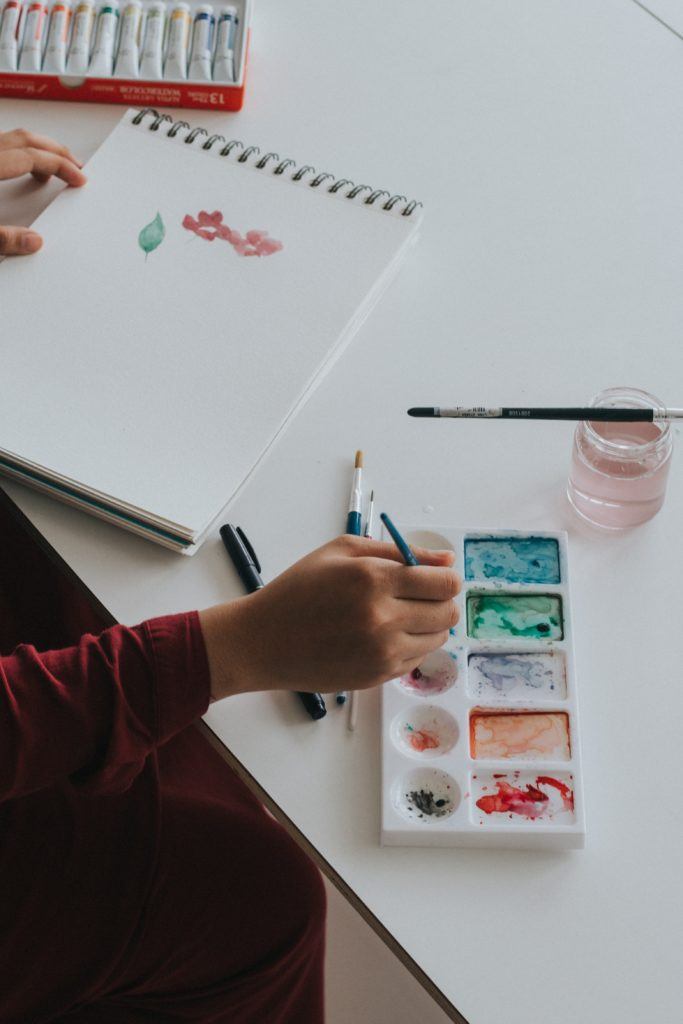
Once it has dried, apply more paint on top of the dry wash. Watercolor paint is often translucent, so you will be able to see the bottom layer of paint behind the new wet stroke!
Graded Wash
“Graded wash” watercolor painting displays a transition from a light color to a dark color. To paint with this technique, first paint the paper “dark” by loading up your brush with as much pigment as possible and dragging it across the paper.
Then, on the next pass of painting, add less pigment to your brush than you did before, swiping it across the paper so that this new layer slightly overlaps with the first layer.
Repeat this process with less pigment each time you add a line of paint, until you have reached the “light” color that you desire.
The overlapping lines of pigment will converge together, eventually looking like one smooth gradient!
Dry Brush
The “dry brush” technique is watercolor painting without water. Take a dry brush and dip it into the paint you selected, and spread the pigment over an equally dry piece of watercolor paper.
The result of dry brush watercolor painting is a textured design that looks a lot like an animal’s fur.
Salted Watercolor
To create another interesting textured design, spread salt on top of your watercolor paint while it is still wet on the paper.
Allow the painting to dry overnight, and then scrape the salt off of the page. The salt will have absorbed some of the color while it dried, and the result will be a sandy kind of texture.
This video goes into more detail on watercolor painting techniques.
Watercolor Painting Tips for Beginners
Here are some things to keep in mind as you first learn how to watercolor.
Buy the Basics
You don’t have to overdo it when you first go paint shopping. There’s no need to buy all of the colors that you could possibly imagine using.
Get a few quality basics to start your collection, including red, yellow, blue, and black paints.
You can also get a travel watercolor kit to start with. This kit will come with all of the basic colors that you will need, along with a few simple watercolor supplies!
Water and Scrap Paper First
Always have clean water and scrap paper on hand in addition to all of the ordinary, expected supplies for watercolor painting.
The water will help you thin out the paint colors, and also allow you to wash the brush in between different colors. Be sure that you change out the water frequently, because it will become colored with the paints!
The scrap paper will give you a place to test out the colors you mixed before you put them onto the actual art paper.
Keep Things in Easy Reach
When setting up your workspace, make sure that all of your supplies are within easy reach, but not in the way of your arms and hands.
You don’t want to accidentally knock anything over while you paint!
Don’t Forget to Sketch!
Before you start to paint anything, it’s wise to first sketch out your composition to make sure you know what to do.
This sketch can either be on a separate piece of paper that you use as a guide while you paint, or you can even draw a very light pencil sketch onto your watercolor paper and paint over the guide design.
Bleeding Watercolor Paint Can Be Good
Finally, don’t be afraid of the watercolor paints bleeding into each other on the paper!
While color bleeding may create colors on the paper that you did not plan on creating, this opportunity for surprises can also be the most exciting part of watercolor painting, creating stunning visual effects like gradients.
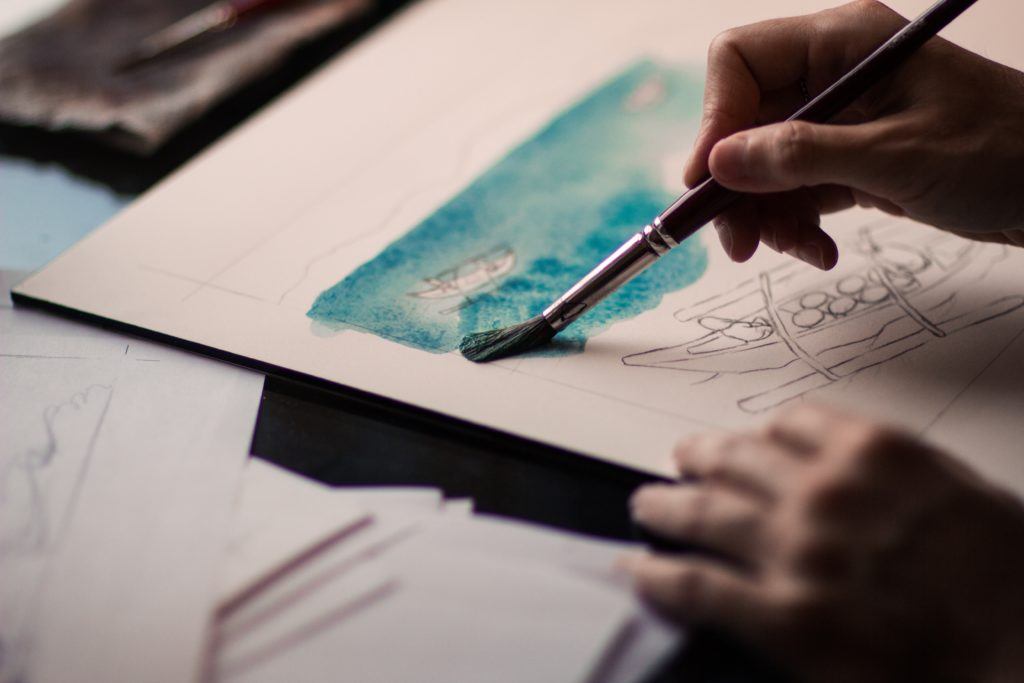
There are no mistakes, after all – all the bleeding and blotches are simply artistic innovation!
If you really don’t want your colors to bleed into each other, you can allow each color to completely dry on the page before you apply a new color.
Watercolor Supplies
As with any kind of art, you’ll need the proper tools before you begin creating! Here is what you should look for prior to painting.
Watercolor Brushes
Once again, there is no need to break the bank shopping for every single brush you could ever imagine using for a watercolor painting. You just need a few good brushes!
A single round brush is necessary for watercolor art. You can also get a starter set of brushes, which should include small, medium, and large round brushes, a mop brush, and a medium flat brush.
Watercolor Paper
You might think that any kind of paper will work for a watercolor project, but the truth is ordinary printer paper or craft paper will not hold watercolor particularly well.
The colors will not stick to the paper, and the paper may warp as it dries! Be sure to get yourself some watercolor paper, specifically for watercolor painting.
This paper will absorb the moisture from the watercolor paint, leaving behind a vibrant pigment.
Watercolor Palette
An often overlooked tool for watercolor painting is the palette. Palettes are used to mix your paint colors!
A watercolor palette should have multiple small wells that you can use for mixing different colors. You can also use a flat, non-porous surface as a palette, such as an old plate that you do not plan on using for food any time soon.
Make sure that the palette is bigger than your gut says you’ll need; more space is better when it comes to mixing colors, so as to avoid unexpected bleeding.
Also, do not forget to mix more paint than you think you’ll need, to ensure you have more than enough of that perfect color!
This will help you avoid the frustration of running out too quickly and struggling to create that particular color again with perfect accuracy.
Here’s a video explaining more on watercolor brushes.
What to Look for in the Best Watercolor Paints
There are many varieties of watercolor paints to choose from.
Here are some things to consider as you look for the best watercolor paints for your project!
Ingredients
Watercolor paint has two primary ingredients. First, the ground-up pigment provides the color. Second, the gum arabic functions as a binder.
Some paints also include a wetting agent, which allows for greater absorption and flow, and a moisturizer, which will keep the gum binder from turning brittle over time.
Quality
Watercolor paints come in two kinds of quality: artists’ quality and students’ quality.
Artists’ quality watercolor paint has a higher concentration of pigment and a high rating of permanence, though it tends to be more expensive.
Students’ quality watercolor paint may include cheaper pigments as well as additional extenders and fillers, but it will be less of a drain on your wallet.
Permanence
You should also consider the permanence of the paint that you select. “Permanence” is the paint’s ability to hold up through exposure to light or humidity without shifting color, darkening, or fading.
This quality is also referred to as “lightfastness.” Check the packaging of your paint before you buy it; what you really want is an “excellent” or “very good” rating for lightfastness.
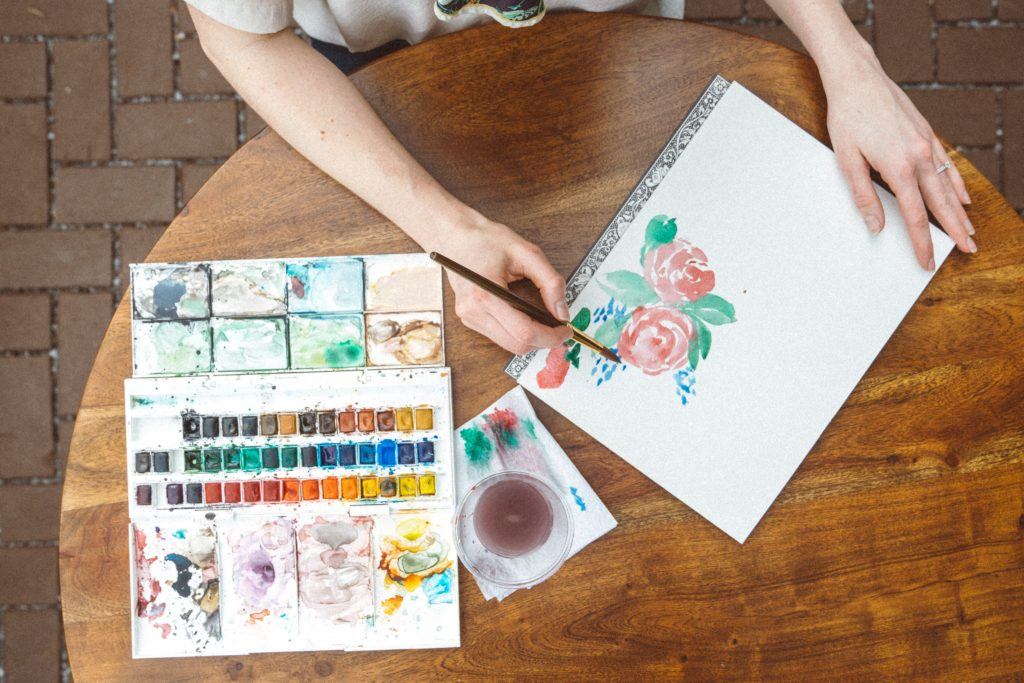
Transparent vs. Opaque
Depending on your specific art project, you may choose a watercolor paint that is more transparent or more opaque. Transparent paints are better for layering, while opaque paints stand out on their own.
You can thin opaque paint with water, but it is good to check the packaging before you buy it, so that you know for sure what you’re getting.
Now that you know the history and basics of watercolor painting, you’re ready to go channel your creativity and have fun creating your own gorgeous watercolor masterpieces!
What’s your favorite method of watercolor painting?

